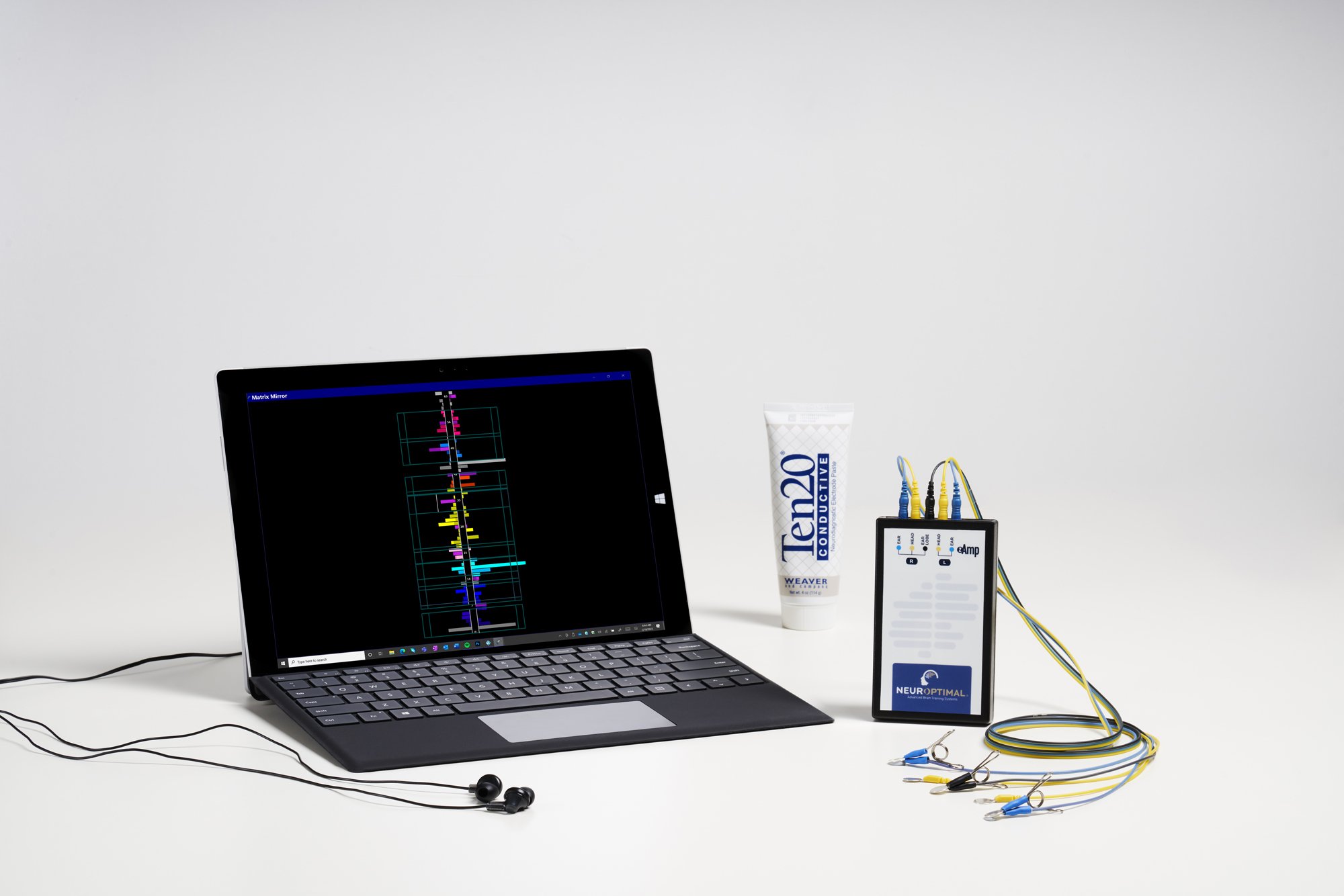Revealing the Secrets of the Mind Through Quantitative EEG Brain Mapping Techniques in Psychological Health Assessment
Revealing the Secrets of the Mind Through Quantitative EEG Brain Mapping Techniques in Psychological Health Assessment
Blog Article
Understanding the individual mind is a complex task, especially when it comes to psychological health. Conventional approaches of evaluation frequently rely on interviews and questionnaires, which can sometimes miss crucial details about how the brain functions. This is where quantitative electroencephalography, or qEEG, enters into the picture. qEEG is a specific method that assesses electrical activity in the brain. By analyzing these brainwaves, psychological health experts can obtain valuable insights into a person's mental condition, aiding to enhance assessment and intervention.
qEEG functions by placing small sensors on the head to capture neural activity. These sensors detect electrical impulses produced by nerve cells, the units in the cerebrum that communicate with each other. The information gathered is then analyzed and displayed as a series of waveforms. Each kind of neural wave—such as α, beta, delta, and θ—relates to different mental conditions and functions. For example, α waves are commonly linked with relaxation, while beta oscillations are associated to engaged thinking and problem-solving. By analyzing these trends, clinicians can identify irregularities that may suggest mental health concerns.
One of the major advantages of qEEG is its ability to provide objective information. In contrast to conventional assessments that rely on subjective accounts from clients, qEEG provides a clear picture of brain activity. This clarity can assist reduce biases in assessment More Info and result to more precise intervention plans. For instance, if a patient is experiencing stress, qEEG can show particular trends of brain activity that are linked with anxiety disorders. This data enables psychological health experts to tailor interventions more effectively, whether through counseling, pharmaceuticals, or alternative approaches.
Moreover, qEEG can be particularly useful in monitoring intervention advancement. By performing qEEG evaluations at various points during therapy, clinicians can track changes in neural function over period. This continuous assessment assists determine whether a treatment is effective or if adjustments are needed. For instance, if a client is not reacting to a specific treatment, qEEG may indicate that their neural function has not altered in a manner that suggests improvement. This response loop can lead to more personalized and effective mental health care.
In conclusion, qEEG brain mapping is a powerful tool in the field of mental health assessment. By providing unbiased data about brain activity, it enhances the understanding of various mental health conditions. This technique not only aids in accurate diagnosis but also helps in monitoring treatment effectiveness. As mental health professionals continue to explore the potential of qEEG, it holds promise for improving the lives of individuals facing mental health challenges. With ongoing research and advancements in technology, the mysteries of the brain may turn clearer, leading to better outcomes for those in need of support.